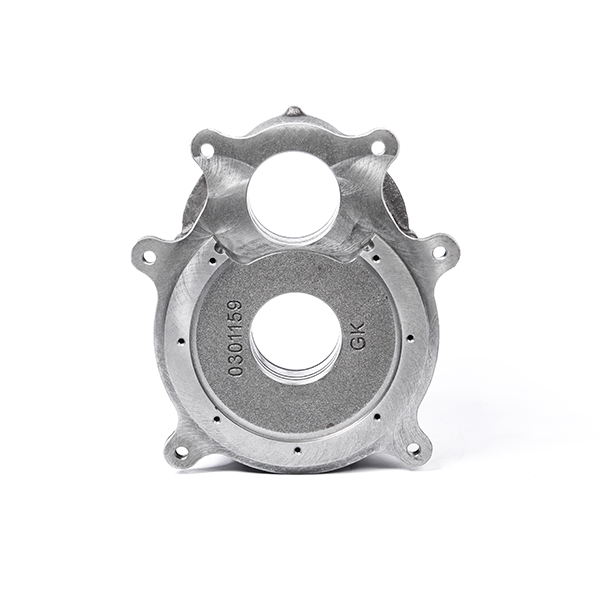Mobile:+86-311-808-126-83
Email:info@ydcastings.com
backward impeller
Understanding Backward Impellers Design and Applications
Backward impellers are a critical component in various fluid dynamics applications, particularly in centrifugal pumps and fans. Their unique design evolution has made them a preferred choice for many industries due to their efficiency and operational advantages.
The backward impeller gets its name from the curvature of its blades, which are angled backward relative to the direction of the flow. This design contrasts with forward impellers, where blades are angled in the direction of flow. The backward configuration allows for a more streamlined flow of fluid, significantly improving efficiency and reducing energy consumption.
One of the primary advantages of backward impellers is their ability to maintain a uniform flow rate across varying conditions. The design minimizes turbulence, which can be detrimental to efficiency and operational stability. As a result, backward impellers provide steady performance even when faced with changes in the fluid’s density or viscosity. This stability is particularly beneficial in applications where precise flow rates are critical, such as in chemical processing or water treatment facilities.
Backward impellers also excel in high-pressure applications. The geometry of the blades allows them to effectively convert rotational energy into pressure, making them ideal for situations where a significant increase in pressure is required. For instance, in wastewater treatment plants, backward impellers are used to move sewage efficiently while also minimizing the risk of clogging, due to their design which accommodates solids and debris within the flow.
backward impeller

Furthermore, backward impellers tend to have a longer service life compared to other impeller designs. The smooth flow pattern reduces wear and tear on the components, translating into lower maintenance costs and less frequent replacements. This longevity is crucial for industrial setups where downtime can lead to significant financial losses.
In practical applications, backward impellers are widely used in various industries, including HVAC systems, aquaculture, and marine engineering. In HVAC systems, they help in ventilating indoor spaces efficiently by maintaining air pressure while minimizing energy consumption. In aquaculture, they play a vital role in creating artificial water currents, ensuring that aquatic environments are well-oxygenated and conducive to marine life.
Moreover, the versatility of backward impellers allows them to be used in both axial and mixed flow configurations. This adaptability means that they can be tailored to the specific needs of various processes, whether for increasing flow rates in irrigation systems or ensuring effective water circulation in swimming pools.
In conclusion, backward impellers represent an important advancement in fluid handling technology. Their design not only enhances efficiency and longevity but also allows for versatile applications across multiple industries. As technology continues to evolve, we may see even more innovative uses for backward impellers that leverage their inherent benefits to address contemporary challenges in fluid dynamics. Whether in industrial applications or environmental management, backward impellers will likely remain a cornerstone of effective fluid transport solutions in the years to come.
-
Why Should You Invest in Superior Pump Castings for Your Equipment?NewsJun.09,2025
-
Unlock Performance Potential with Stainless Impellers and Aluminum End CapsNewsJun.09,2025
-
Revolutionize Your Machinery with Superior Cast Iron and Aluminum ComponentsNewsJun.09,2025
-
Revolutionize Fluid Dynamics with Premium Pump ComponentsNewsJun.09,2025
-
Optimizing Industrial Systems with Essential Valve ComponentsNewsJun.09,2025
-
Elevate Grid Efficiency with High-Precision Power CastingsNewsJun.09,2025











